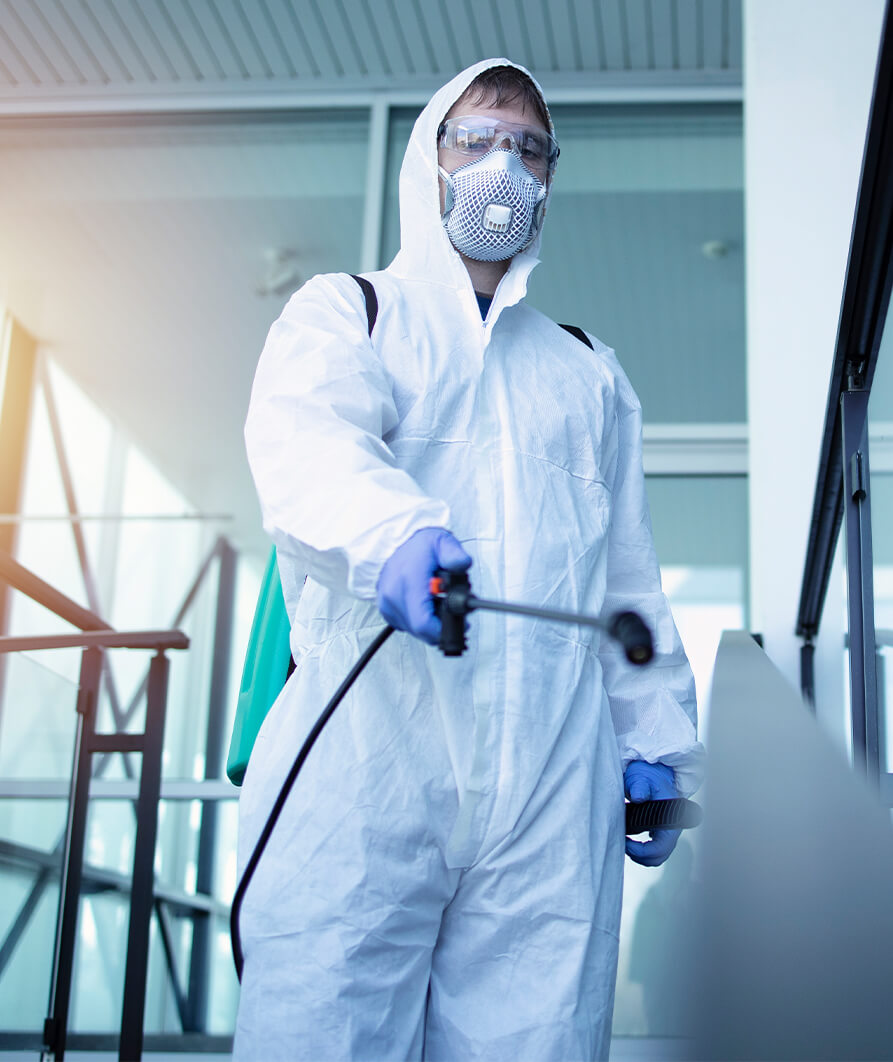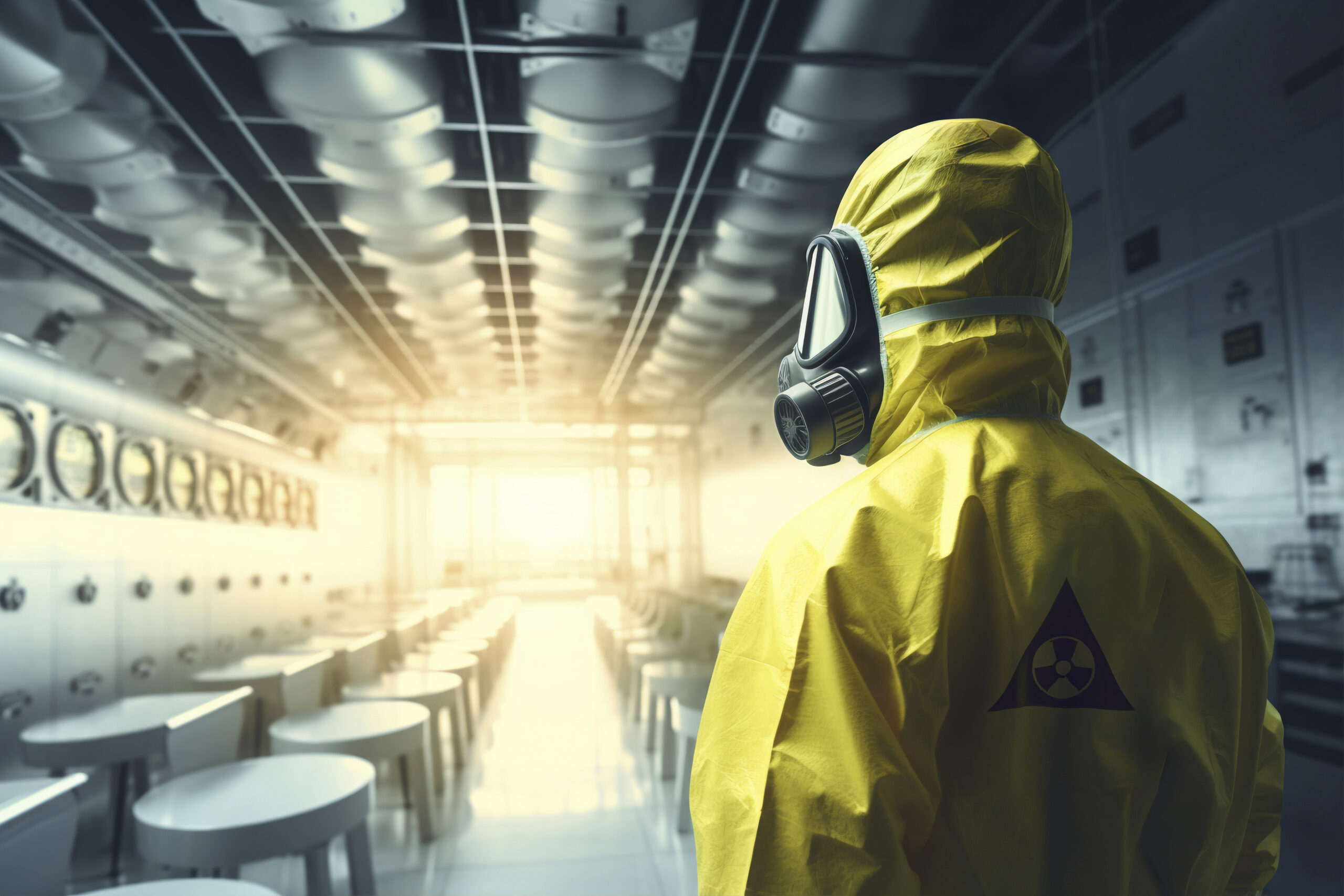Decomposition Death Clean Up: Specialized and Respectful Remediation
Decomposition Death Clean Up: Specialized and Respectful Remediation
Blog Article
Professional Biohazard Cleaning and Purification for Blood, Bodily Fluids, and Hazardous Products
In the realm of biohazard cleaning and decontamination for blood, bodily fluids, and unsafe products, accuracy and experience are paramount. The possible wellness dangers related to exposure to biohazards emphasize the essential demand for precise handling and extensive cleanup. Specialized training equips specialists with the understanding and skills essential to attend to these dangerous situations properly. Nevertheless, it is not merely concerning tidying up; the importance of utilizing proper purification techniques can not be overemphasized. As we navigate the intricate landscape of biohazard clean-up, understanding the subtleties of guidelines, compliance, and the customized devices at play comes to be critical in making sure a complete and risk-free purification process.
Wellness Risks of Biohazard Exposure
Direct exposure to biohazards poses considerable wellness risks that can cause severe repercussions for areas and individuals alike. Biohazards include a vast array of organic compounds, consisting of blood, bodily fluids, mold, germs, infections, and various other potentially transmittable products. When people enter contact with these biohazards, whether through accidents, incorrect handling, or ecological direct exposure, they encounter the risk of contracting severe ailments or conditions.
One of the primary health dangers connected with biohazard direct exposure is the transmission of transmittable conditions. Bloodborne pathogens such as HIV, hepatitis B and C, and various bacteria can be present in biohazardous materials, positioning a direct danger to human wellness. Breathing in airborne biohazards like mold and mildew spores or entering call with infected surface areas can likewise cause breathing problems, allergic reactions, and various other adverse health and wellness impacts.
Additionally, biohazard exposure can have long-lasting health and wellness implications, with some illness showing up years after the first call (Blood Cleanup). Therefore, it is critical to focus on correct biohazard cleansing and decontamination to alleviate these health and wellness threats and make sure the safety and security of communities and individuals

Specialized Educating for Biohazard Cleanup
When it pertains to handling biohazard clean-up successfully and safely, specialized training plays an essential duty in guaranteeing appropriate purification procedures are complied with. Biohazard cleaning requires particular understanding and abilities to efficiently alleviate threats connected with bloodborne microorganisms, physical liquids, and hazardous products. Specialists trained in biohazard clean-up go through strenuous instruction on exactly how to safely take care of, remove, and take care of biohazardous products to avoid contamination and direct exposure.
Specialized training for biohazard cleanup covers a variety of necessary topics, including proper personal safety devices (PPE) use, bloodborne virus awareness, decontamination methods, and contaminated materials disposal protocols. Individuals trained in biohazard clean-up are furnished with the essential know-how to analyze contamination levels, identify potential risks, and execute proper cleaning treatments in conformity with governing criteria.
Continual training and education and learning are extremely important in the area of biohazard cleaning to remain upgraded on the most current purification modern technologies, safety and security methods, and regulations. By buying specialized training, biohazard cleanup experts can successfully react to emergency situation cleanup situations and protect both public health and the atmosphere.
Relevance of Appropriate Decontamination Methods
Using proper decontamination techniques is essential in biohazard cleanup to effectively remove unsafe products and reduce health and wellness risks. Reliable decontamination not only makes certain the removal of visible traces of blood, physical fluids, and various other biohazards however also targets unseen microorganisms that may pose significant wellness hazards if not effectively gotten rid of. By complying with stringent purification protocols, educated professionals can dramatically minimize the risk of direct exposure to harmful microbes, viruses, and microorganisms that might result in conditions or infections.
Proper purification strategies include using specialized tools and anti-bacterials that are specifically created to neutralize biohazards successfully. Comprehensive cleansing and disinfection of polluted locations are necessary to protect against the spread of microorganisms and make certain a go to these guys secure environment for passengers. In addition, the correct disposal of biohazardous waste complying with decontamination treatments is essential in avoiding contamination of various other surface areas or people.

Equipment and Devices for Safe Cleaning
When dealing with blood, physical fluids, or unsafe materials, biohazard cleansing professionals count on specialized gear to lessen exposure threats and thoroughly sanitize the affected location. Additionally, biohazard cleansing kits consisting of disinfectants, absorptive products, and biohazard bags are used to securely contain and get rid of of polluted things.
Advanced cleaning devices like hospital-grade anti-bacterials, HEPA-filtered vacuums, and misting devices are used to sanitize surface areas and eliminate biohazards effectively. Specialized tools such as sharps containers and biohazard waste disposal containers are made use of to safely take care of sharp objects and biohazardous waste products. By utilizing the ideal tools and tools, biohazard cleansing professionals can make certain a detailed cleanup procedure that prioritizes safety and security and reduces health and wellness threats for both workers and passengers of the affected area.
Rules and Compliance in Biohazard Cleansing
Proper adherence to guidelines and conformity standards is extremely important in biohazard cleaning to guarantee the security of both employees and the setting. Federal government firms such as OSHA (Occupational Safety and Health Administration) and the EPA (Epa) have actually established certain standards for biohazard clean-up treatments to decrease wellness threats and ecological contamination. These laws cover a series of facets consisting of the handling, transport, and disposal of biohazardous materials, as well as the needed training and protective devices required for workers included in the clean-up process.
Biohazard cleaning business should stay up-to-date with these policies to guarantee that their procedures meet the required safety and security criteria. Failing to abide with these laws can cause serious consequences, including fines, legal activity, and threatening the wellness of people and the atmosphere. By following strict regulations and compliance measures, biohazard cleansing business can properly alleviate dangers and guarantee a extensive and risk-free cleaning process for all parties entailed.
Verdict
To conclude, biohazard cleansing and purification require specialized training, proper strategies, and adherence to regulations. Exposure to blood, physical fluids, and hazardous materials presents substantial wellness risks, making it vital to make use of the appropriate tools and tools for risk-free cleanup. By following stringent procedures and guidelines, experts can effectively reduce the threats related to biohazard exposure and make sure the safety of both themselves and others.
As we navigate the elaborate landscape of biohazard cleaning, understanding the nuances of laws, conformity, and the specialized devices at play ends up being vital in making certain a detailed and safe decontamination process. (Blood Cleanup)
When it comes look at more info to dealing with biohazard clean-up successfully and securely, specialized training plays a basic duty in ensuring proper decontamination procedures are followed.Using appropriate purification methods is critical in biohazard cleaning to properly remove unsafe products and decrease biohazard crime scene cleanup job wellness threats. In addition, biohazard cleansing sets consisting of anti-bacterials, absorptive materials, and biohazard bags are utilized to safely contain and dispose of contaminated things.
Federal government firms such as OSHA (Occupational Safety And Security and Wellness Administration) and the EPA (Environmental Defense Firm) have actually developed certain guidelines for biohazard clean-up procedures to minimize health risks and ecological contamination.
Report this page